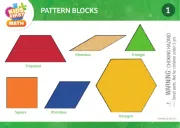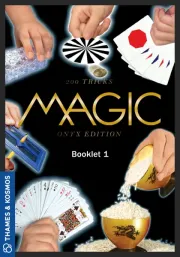Thames & Kosmos Sensors Alive: Bring Physics to Life Bruksanvisning
Thames & Kosmos
ej kategoriserat
Sensors Alive: Bring Physics to Life
Läs gratis den bruksanvisning för Thames & Kosmos Sensors Alive: Bring Physics to Life (2 sidor) i kategorin ej kategoriserat. Guiden har ansetts hjälpsam av 11 personer och har ett genomsnittsbetyg på 4.3 stjärnor baserat på 6 recensioner. Har du en fråga om Thames & Kosmos Sensors Alive: Bring Physics to Life eller vill du ställa frågor till andra användare av produkten? Ställ en fråga
Sida 1/2

SENSORS ALIVE
BRING PHYSICS TO LIFE
NG UP YOUR LAB
THE GAME
WELCOME!
Welcome aboard the Calypso II, the interstellar spacecraft that
will be your home for the duration of the mission. You were
chosen to take part in this mission as a BioFormer so that you
can populate distant worlds with genimals, which stands for
g e n ienetically ngineered eomorphic nterspecific animals.
As a chosen BioFormer, you’ll need to make yourself familiar
with your new high-tech quantum zoology lab. In order to
create a huge variety of genimals, you’ll first have to master
the sensor pods and base station.
don’t worry —
y’re so easy to use
t you’re sure to get
hang of them
ckly.
GETTING STARTED
INSERTING AND REMOVING
BATTERIES:
SENSORS
INSERTING AND REMOVING
BATTERIES: BASE STATION
To help you understand how the game works, there’s an intr
at the beginning. During the introduction, you’ll get a step-by
explanation of what you need to do to create your own worl
fantastic creatures. Get ready to have some fun!
THE CREATURES
Your mission in Sensors Alive is to generate lots of
creatures from sensor data. You use the sensor pods to
capture the data. It’s tons of fun and super easy — thank
to your high-tech lab. First of all, you’ll need a creature
egg to send the sensor values to. Each individual value
influences what your creature will look like when it
hatches. In this way, there’s an almost infinite number of
possible creatures to create.
There is a variety of basic creature types. Each egg
color represents a different basic type.
Experiment to find out what effects the sensor values ha
your creature. With every new combination, you’ll create
unique creature!
EASURING A VALUE
OW IT WORKS To generate creatures, you’ll be asked to me
ues using the various sensor pods. It’s very easy to do:
ust press the button on the sensor pod. There will be a shor
with a flashing yellow light on the sensor pod, and then the sensor pod will begi
aking themeasurement. The sensor pod flashes green while it’s taking the
measurement. Once the light turns off again, the measurement has been taken.
o send the measured value to the app, all you have to do is insert the sensor pod
nto the base station. The value will then be sent automatically.
HAT’S BEING MEASURED? During the game, one value is sent to the app at a t
e sensor measures this value when the green light comes on.
e value that gets sent is always the maximum value recorded by the sensor while it’s taking
measurement. For example, if you just want to record silence, you need to make sure there’s
al silence while the entire measurement is being taken. If a loud noise occurs during this time,
n that value will be sent. The same applies for the light sensor. The temperature sensor works
ttle differently—it sends the average value.
Remove the screw on
the battery compartment
Pull down the lid of the
battery compartment.
Open the battery compartme
by lifting up the lid.
A A
B
Insert 2 AAA batteries.
Make sure you put the batteries in
correctly by matching the + and –
polarity markings!
C
D
A batteries.
ou put the batteries in correctly
g the + and – polarity markings!
CClose the battery
compartment.
2. TURNING ON
THE BASE STATION
To turn on the base station,
ton. When the
e base station
on, the station
tivated.
5. OPENING THE APP
Now you’re ready to get started!
Open the app and have your
sensor pods and base station
ready to go. Have fun!
Close the battery compartment. Put batteries in all of the sensor pods. Take note
of the battery information on the back of this sheet at the bottom of the page.
3. ACTIVATING
BLUETOOTH
Activate Bluetooth on your
tablet or smartphone.
If you’re not sure ho
this, ask your paren
check the user guid
for your device.
Sound sensor
p
SENSOR PODS:
Light sensor TeBase station
››››››››››››
Please note the safety information on the back of this information sheet at the bottom of the page!
‹
AND WE’RE OFF!
4. CONNECTING THE
BASE STATION
To connect your smartphone or tablet to
the base station, Bluetooth needs to be
activated on your device. Your device
will automatically connect to the base
station as soon as you open the app.
You don’t need to manually connect to
the station via the Bluetooth menu.
When the base station’s LED turns blue,
the connection is active. If it turns green
there is no active connection.
1. DOWNLOADING THE APP
To download and install the app, you
need to search for it either in the
App Store
®
or the Google Play Store,
depending on the kind of device
you’re using. Simply enter the name
“Sensors Alive” in the search bar.
PRESS ONCE
BRIEFLY
CONTENTS
Blue light
= Connected!
Remove the screw on the battery compartment.
The compartment is located on the underside
of the base station. Open the lid of the
battery compartment.
Produktspecifikationer
| Varumärke: | Thames & Kosmos |
| Kategori: | ej kategoriserat |
| Modell: | Sensors Alive: Bring Physics to Life |
Behöver du hjälp?
Om du behöver hjälp med Thames & Kosmos Sensors Alive: Bring Physics to Life ställ en fråga nedan och andra användare kommer att svara dig
ej kategoriserat Thames & Kosmos Manualer

7 Oktober 2025
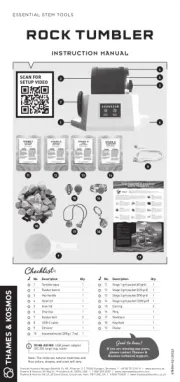
7 Oktober 2025
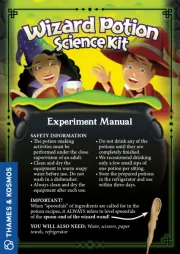
6 Augusti 2025

5 Augusti 2025
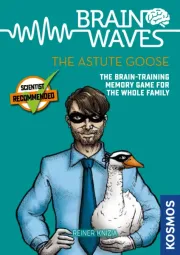
5 Augusti 2025
ej kategoriserat Manualer
- Dual
- Emerson
- Learning Resources
- Obsidian
- Glemm
- Practixx
- Krüger&Matz
- Lakeside
- Thermarest
- Nutrichef
- NGS
- B-tech
- JCB
- Makita
- Rocketfish
Nyaste ej kategoriserat Manualer

23 Oktober 2025
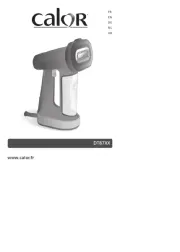
23 Oktober 2025
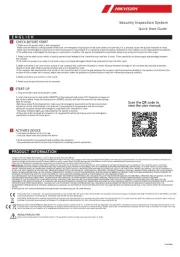
23 Oktober 2025
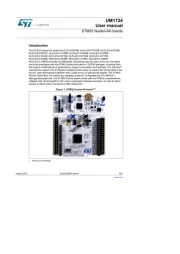
23 Oktober 2025
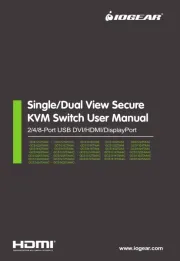
23 Oktober 2025
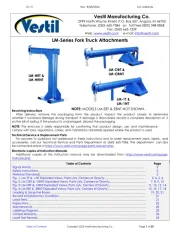
23 Oktober 2025
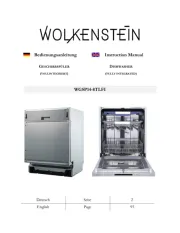
23 Oktober 2025
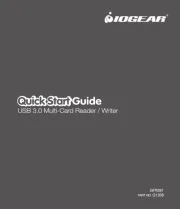
23 Oktober 2025
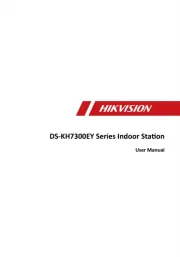
23 Oktober 2025
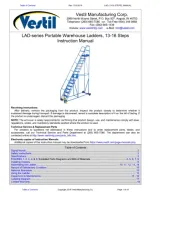
23 Oktober 2025


